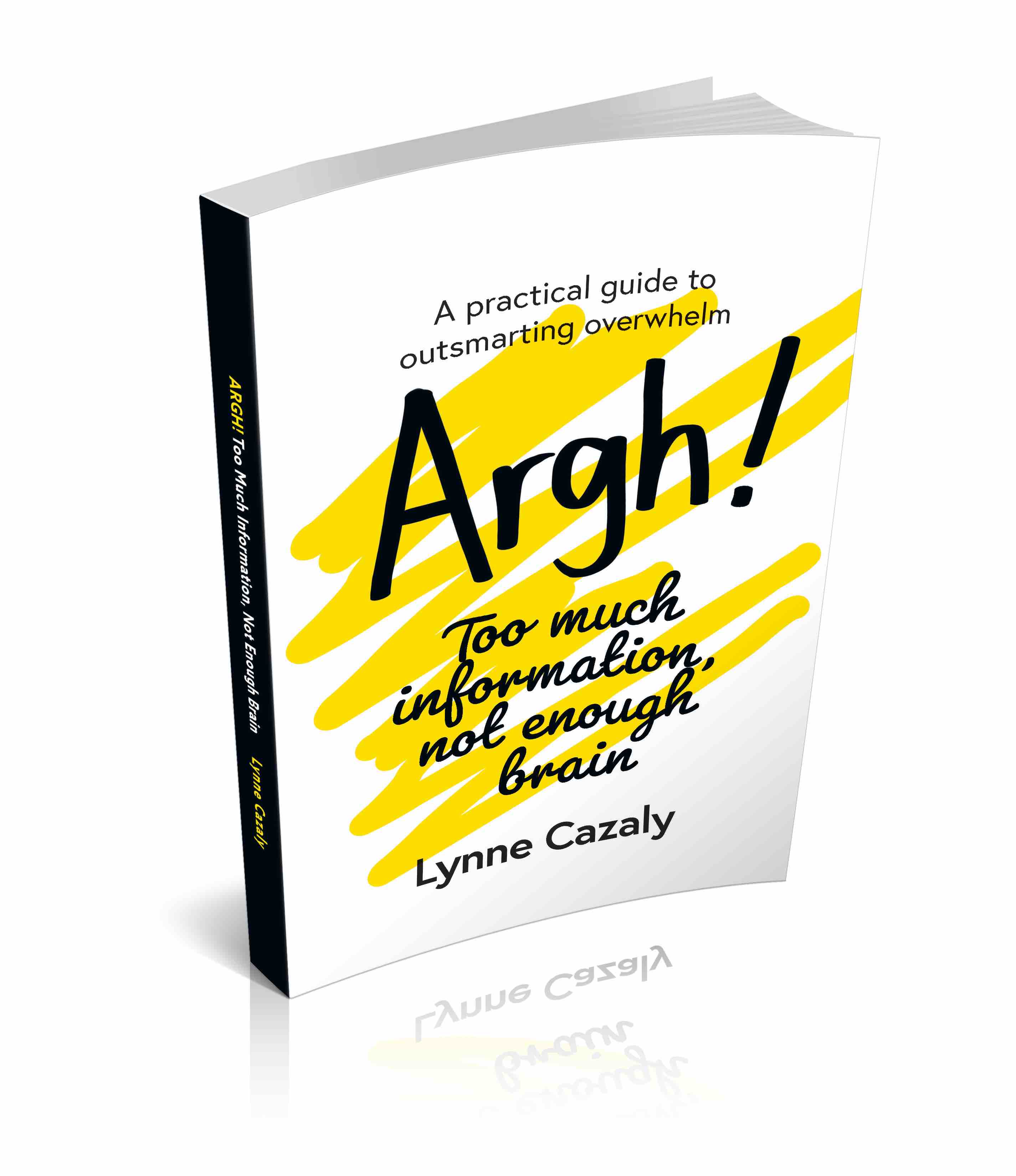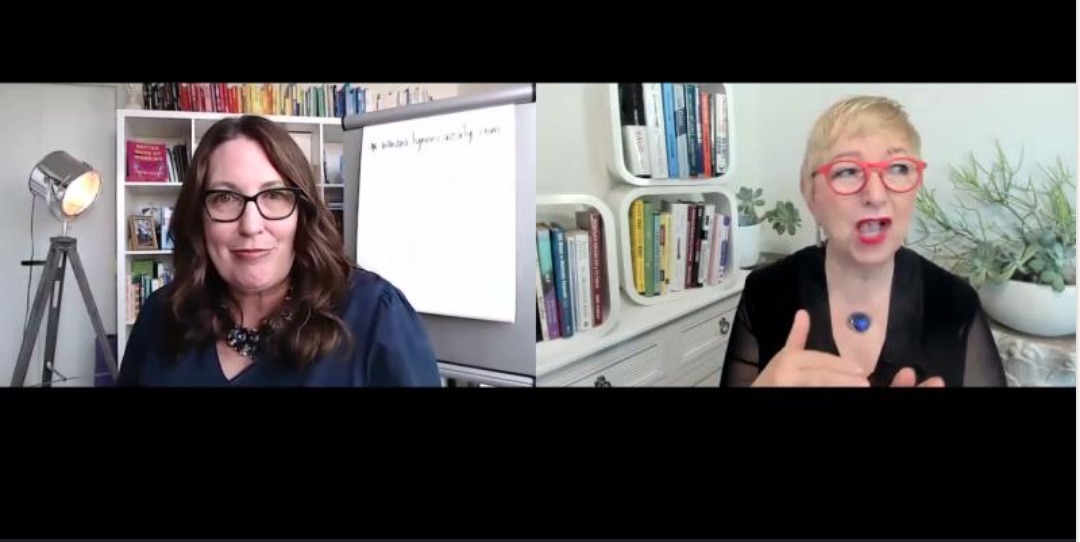Struggling? Juggling? Drowning? Argh!
 Monday, July 18, 2022 at 1:20PM
Monday, July 18, 2022 at 1:20PM These experiences of overwhelm can be a common part of a normal day or week in our life. Yes, the world can be an overwhelming place.
- We might have an emotional experience of being overwhelmed.
- We can experience the ‘too much on’ of workload - too much to do and not enough time in which to do it.
- Or we might feel like we’re submerged under an endless pile of information, reports, books and reading.
At other times we can just be plain 'drowning in' it from a wicked combination of all three: emotions, workload and information.
In today’s world, it’s these three that can be the cause of repeated and unending overwhelm. And it’s not good for us. Burnout and health issues are waiting. We need to find ways to acknowledge our emotions, manage our workload … and filter all of that information.
Our overwhelm CAN be outsmarted. Get the powerful techniques I've explained in my book ‘Argh! Too much information, not enough brain : A Practical Guide to Outsmarting Overwhelm’ you’ll find:
- new ways to make sense of overwhelm,
- new ways to work, and
- new ways to cope with information.
You’ll be all over overwhelm… it won’t be all over you!



















